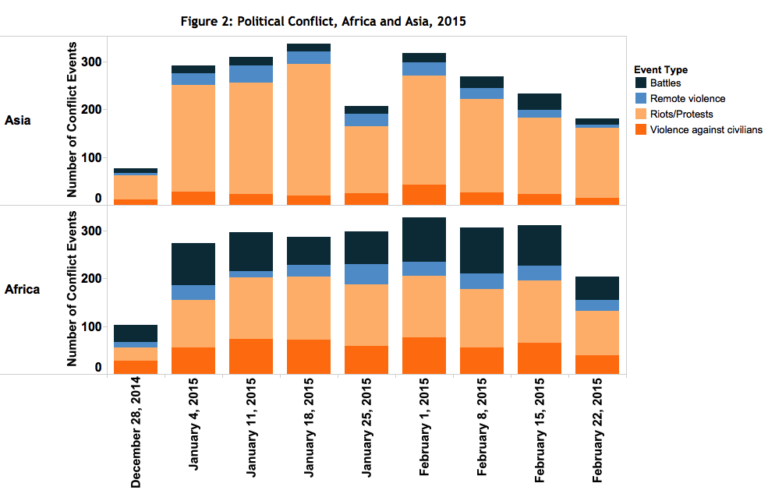


“Knowing whether environmental or climatic changes are important for explaining conflict has implications for what we can do to reduce the likelihood of future conflict, as well as for how to make well-informed decisions about how aggressively we should mitigate future climate change,” said Marshall Burke, assistant professor of Earth system science and a co-author on the study. These factors, when combined with other drivers of conflict, may increase risks of violence. “Appreciating the role of climate change and its security impacts is important not only for understanding the social costs of our continuing heat-trapping emissions, but for prioritizing responses, which could include aid and cooperation,” said Katharine Mach, director of the Stanford Environment Assessment Facility and the study’s lead author.Ĭlimate change-driven extreme weather and related disasters can damage economies, lower farming and livestock production and intensify inequality among social groups. Even in a scenario of 2 degrees Celsius of warming beyond preindustrial levels – the stated goal of the Paris Climate Agreement – the influence of climate on conflicts would more than double, rising to a 13% chance. In a scenario with 4 degrees Celsius of warming (approximately the path we’re on if societies do not substantially reduce emissions of heat-trapping gases), the influence of climate on conflicts would increase more than five times, leaping to a 26% chance of a substantial increase in conflict risk, according to the study. A new study synthesizing views from experts across several fields indicates climate change will have an increasing impact on the risk of armed conflict.


 0 kommentar(er)
0 kommentar(er)
